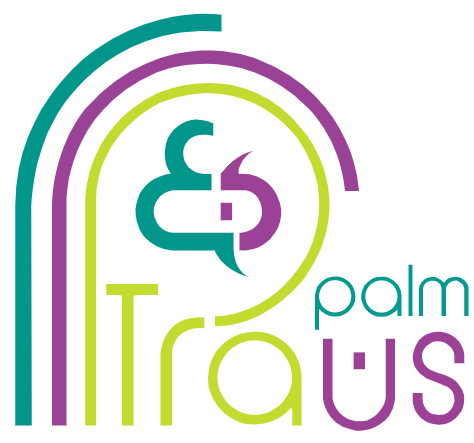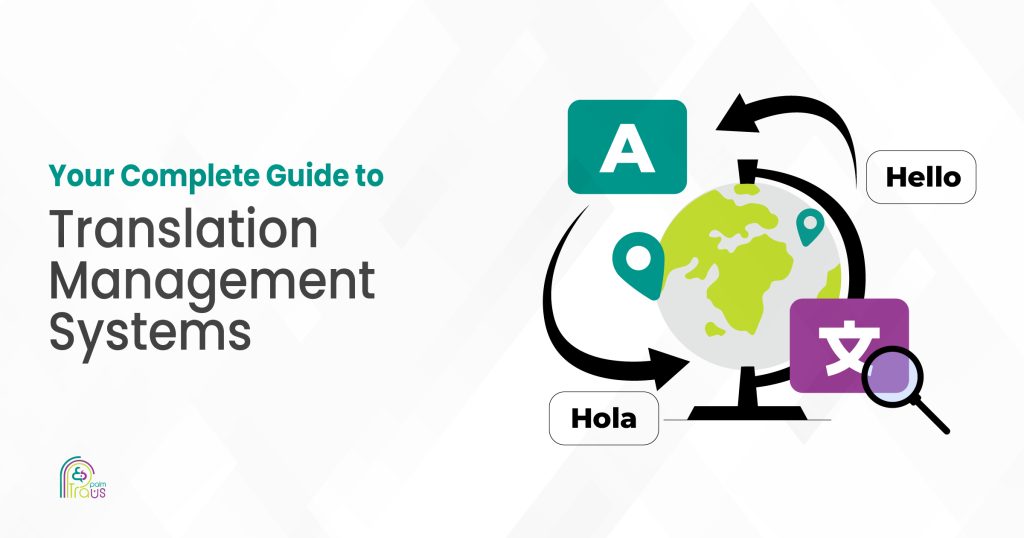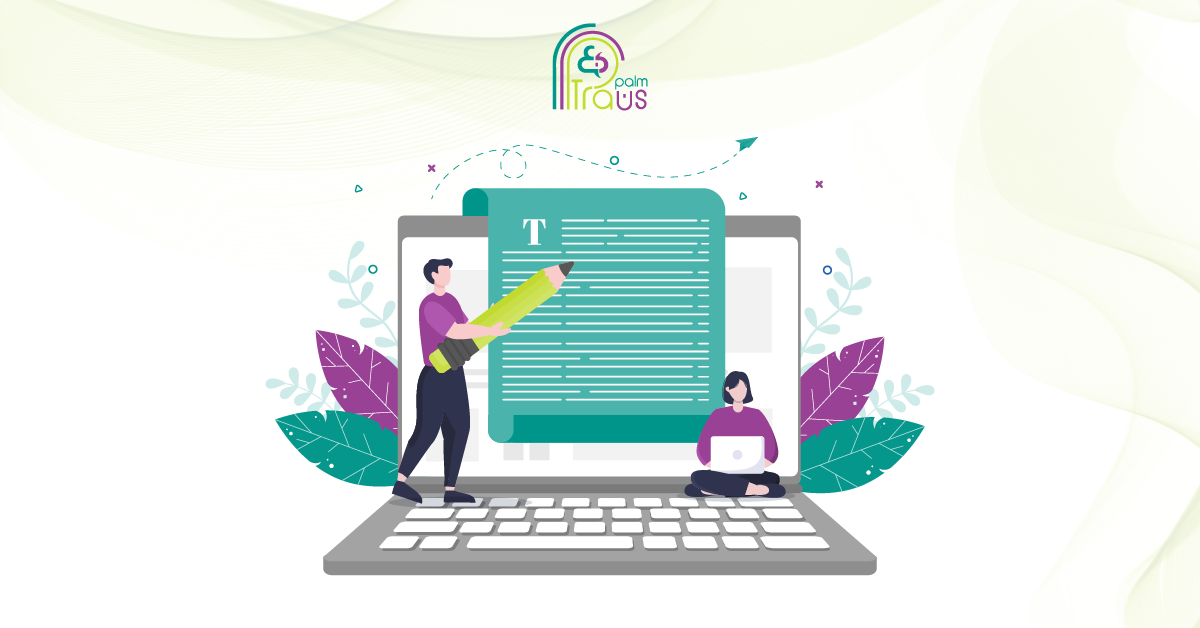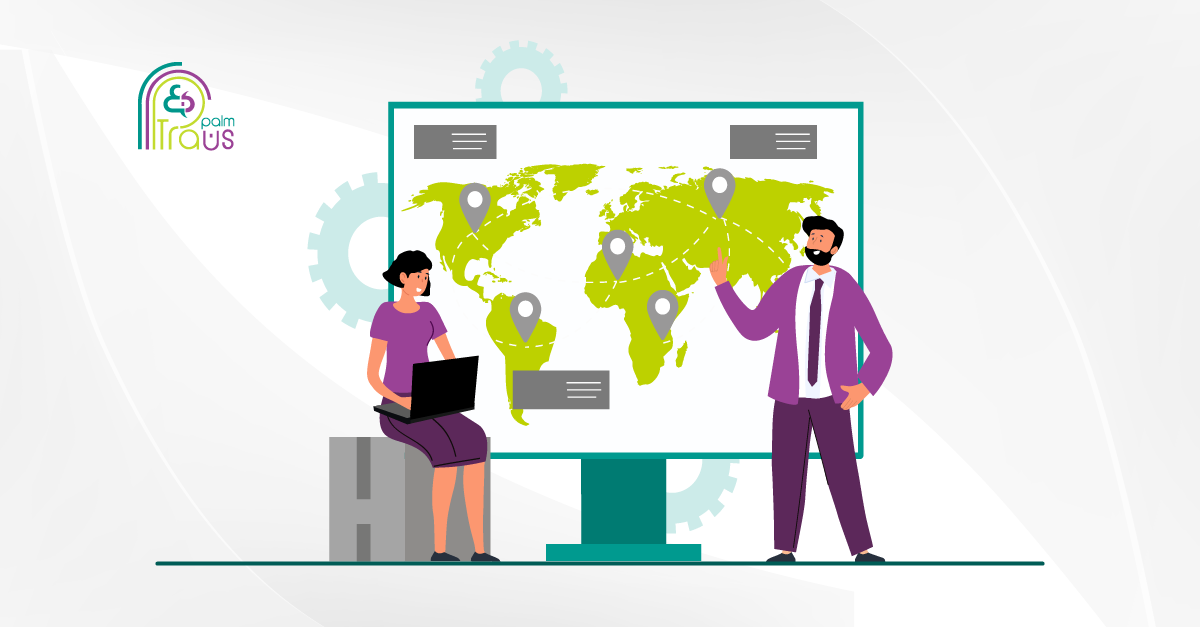Have you noticed the dynamic expansion in today’s global marketplace? Companies are increasingly extending their business globally and targeting new markets. This rapid growth creates a significant need for translation and localization services to network with potential customers from different regions in their native languages and foster cross-cultural understanding.
According to the Global Translation Service Market Research report, the translation services market will increase from USD 41.3 billion in 2024 to USD 55.6 billion by 2032, with a CAGR of 20.30%.
However, this remarkable expansion also brings its challenges. Organizations often struggle with managing multilingual communication and streamlining translation and localization projects.
Luckily enough, the solution lies in the amazing capabilities of translation management systems. This software can efficiently handle and organize translation and localization processes like never before.
Yet you could be asking: What exactly is a translation management system? What are its key features? How does it benefit clients and businesses who are handling translation in-house? This article will highlight everything about translation management software, from basic functionalities to benefits.
Let’s get started!
What is a Translation Management System (TMS)?
A translation management system is software that assists in managing the process of translating text into different languages on a large scale. This powerful software solution is usable for business management and optimization of translation and localization processes.
TMSs allow language service providers, project managers, or multinational companies to streamline translation workflows from start to completion, all under one roof.
In other words, it acts as a centralized channel that assigns, uploads, and tracks translation files together while maintaining collaboration between teams and translators involved in the translation process.
These systems can vary from one to another, with some providing extra features than others, depending on the project’s purpose and requirements to extend scalability.
But still, most TMSs are alike in certain key features, including terminology management, workflow automation, translation memory, quality assurance, business management, reporting, and integrated machine translation engines.
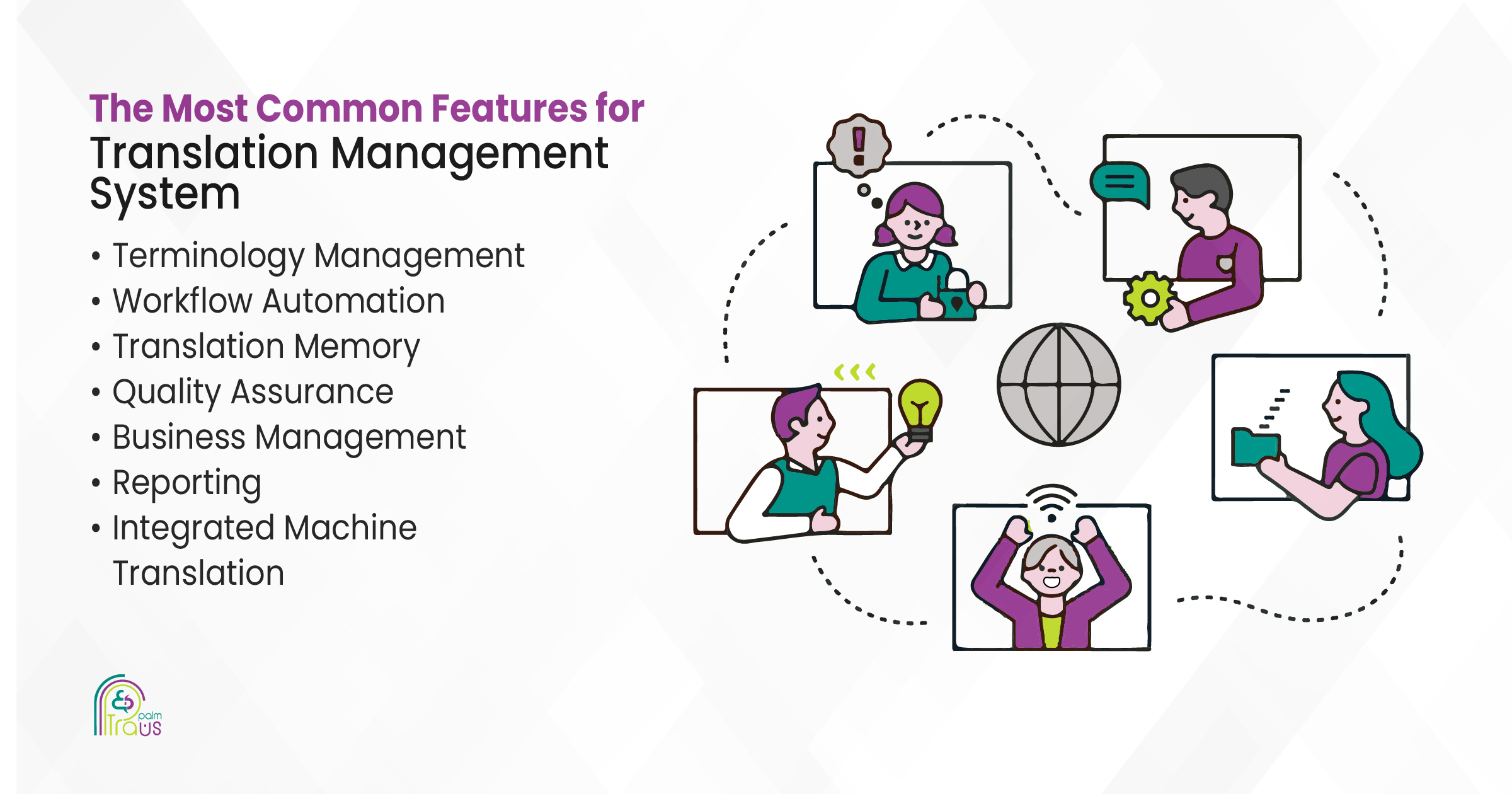
Inside the TMS: 5 Essential Functionalities for Streamlined Translation and Localization
It is previously mentioned that most translation management software on the market covers the essential functionalities that any TMS must have. Here are some main features of a translation management system.
1. Terminology Management
Computer-assisted translation tools (also known as CAT tools) can integrate into your translation management system to extract company-specific terms and definitions from translation memory.
If we suppose a company translating financial documentation, TMS automatically extracts the term “Balance Sheet” from previously translated content and inserts it into a glossary so that translators can refer to these industry-specific terms to save time and ensure consistency across translation and localization projects.
2. Workflow Management
TMS automates translation workflows and mitigates repetitive tasks. For example, project managers can assign specific people from the team to a particular translation project, track work progress, add custom steps, and send notifications when projects are accomplished.
This feature allows businesses to reduce manual efforts like file format conversions, improve work efficiency, and confirm timely project completion.
3. Translation Memory
Translation memory (TM) is one of the most important components in translation management systems. When a translator works on a new translation project, the TMS automatically reuses translated content segments that match the new translation, rather than translating the content every time from scratch, reducing time and increasing consistency among translated materials.
But do you know that there are three main types of translation memory matches?
- Full match: The source text segment makes an exact match to a segment in the translation memory.
- Fuzzy match: The source text segment is slightly different from the segment in the TM.
- Context match: The translation is not only similar to the text segment but also matches the same context.
4.Reporting and Analytics
Translation management systems are more than just a tool for organizing translation projects; they can also provide meaningful insights into translator performance, translation quality, and ROI. Here’s how it can monitor and improve these metrics.
- Translator performance: It analyzes the time spent by translators to deliver translated text and the number of words translated in a specific period. It also provides real-time updates on the status of each project.
- Translation quality: It integrates quality assurance tools (QA) to capture grammatical mistakes, spelling errors, and other typos in the translation process.
- ROI Measurement: TMS can provide statistics to help you make data-driven decisions to enhance localization ROI and optimize your approach.
5. Integrated Machine Translation (MT)
Some translation management software can integrate with machine translation engines. It could be useful for accelerating the translation process, particularly when translators are handling high-volume projects.
However, integrated machine translation is not meant to replace translators because it lacks the precision and the human touch. Therefore, human review is always a crucial part of ensuring reliable and high-quality translation.
How Translation Management Software Benefits Clients and Businesses Handling Translation and Localization In-House
If you are planning to enter new markets and expand your brand’s international presence, a TMS could be the right choice that adds value to your business. There are many advantages of using a translation management system, both for translators and global organizations. Let’s quickly take a look at some main benefits.
1. Improving global brand reputation:
Poor translations can damage the image of your brand. With TMS, second-rate translations are no longer a matter of concern because translation management software offers several useful features that ensure all your product descriptions, marketing messages, and customer communications reflect the brand’s voice across all languages. This consistency builds trust with target customers and maintains the brand’s identity and content quality.
2. Faster time to market:
With TMS, you don’t have to spend too much time developing and launching a new product or service to the market, especially if you are dealing with a large amount of text.
The translation management system offers strong features to automate and organize several aspects of the translation and localization processes. Therefore, it is a must for global brands who strive to stay ahead of the competition, respond to customers’ demands, and promptly make the most of market opportunities.
3. Cost and resource efficiency:
Translation management software not only reduces time but also saves money by automating many of the translation and localization projects. For instance, a tech company that wants to translate brochures can use a TMS to automate and enhance the process.
The system can deal with redundant tasks like quality checks, file formatting, and more so that it shifts the company’s employees to more complex tasks, reducing costs and enhancing efficiency.
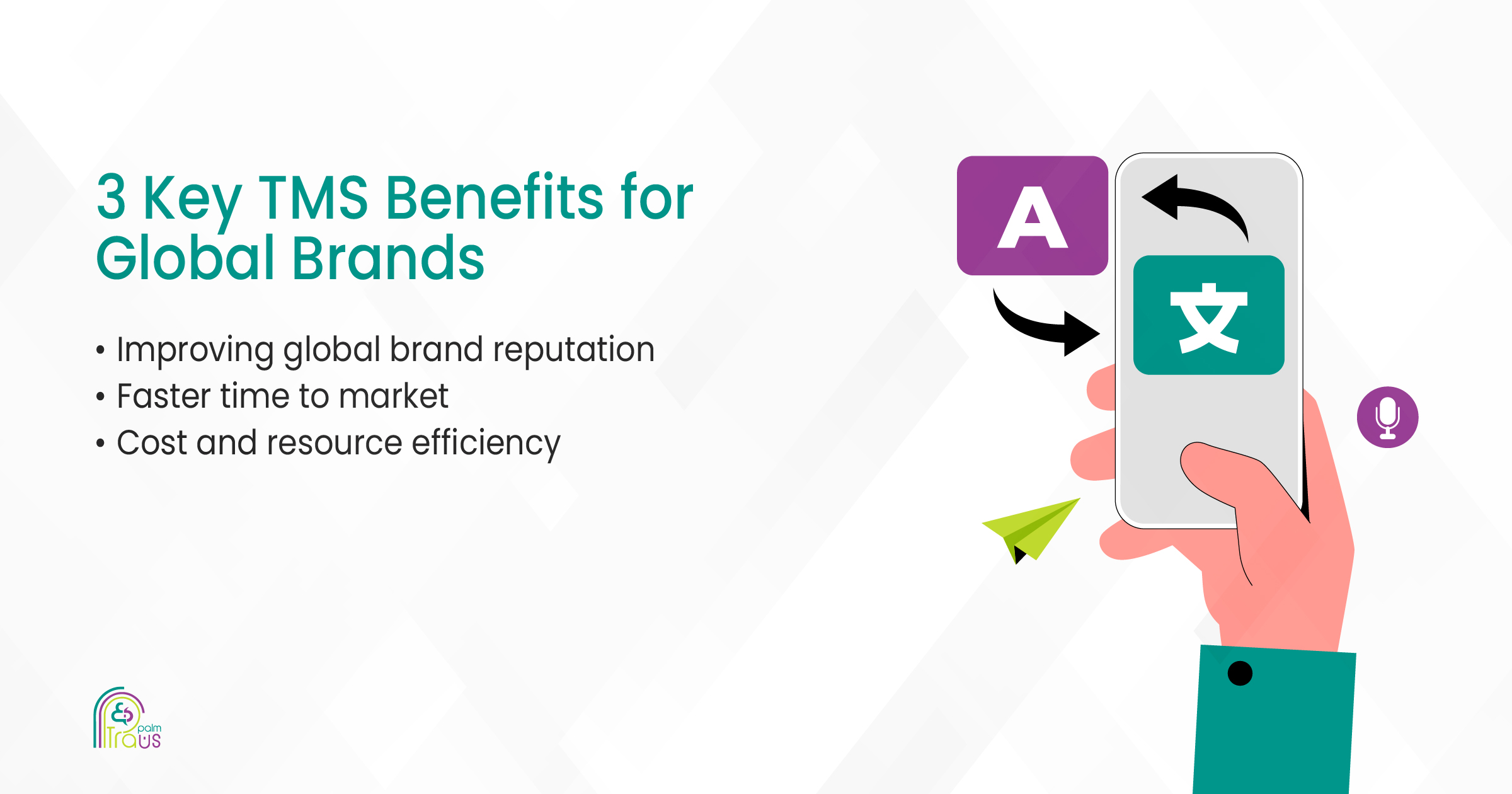
TransPalm: Your Reliable Partner for Translation and Localization Services
As a top provider of translation services, we deliver high-quality translation and localization services in more than 120 languages worldwide, with a focus on all languages of Central and Eastern Europe (CEE) and the main languages of Asia and Central Asia.
At TransPalm, we rely on advanced translation management systems to optimize our translation and localization projects. Our TMS ensures seamless operations, consistency across multiple content, and quality translations that preserve the integrity of your brand’s messages across different languages.
For premium yet professional translation and localization services, get in touch with us NOW to obtain more information and receive your quotation
Discuss Your Project with Our Experts.
